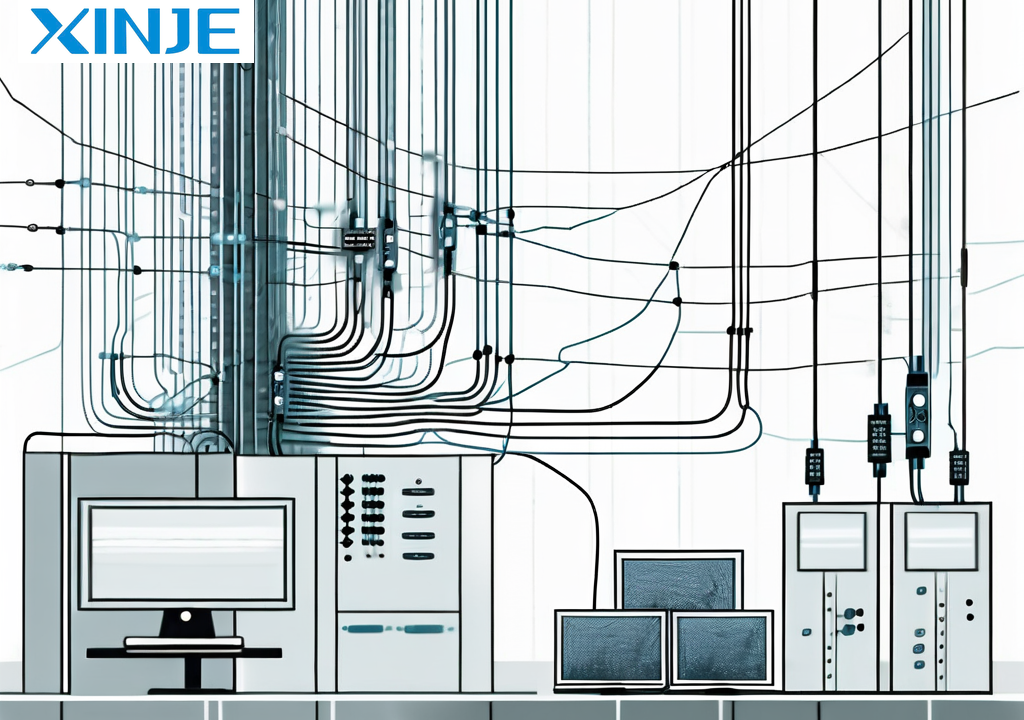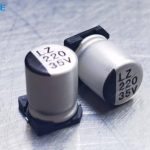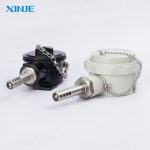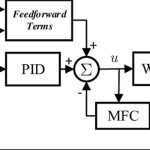DirectNET, developed by Koyo, is a proprietary communication protocol tailored to industrial automation needs. Designed to ensure seamless communication between Koyo’s DirectLOGIC Programmable Logic Controllers (PLCs) and other devices like computers, operator interfaces, and additional PLCs, DirectNET offers robustness, scalability, and reliability.
In this guide, we’ll explore the outstanding features of DirectNET, its applications across various industries, key considerations for its setup, and a step-by-step guide to establishing a DirectNET network.
What are the outstanding features of DirectNet?
DirectNET is known for its simplicity, efficiency, and versatility, which make it a preferred choice for many automation systems. Key features include:
- Master-Slave Configuration: DirectNET operates in a master-slave architecture. The master device initiates all communications, while the slave devices respond to specific requests. This design minimizes communication conflicts and ensures smooth data exchange.
- Point-to-Point and Multi-Drop Configurations: DirectNET supports both point-to-point and multi-drop configurations, allowing multiple devices to be connected to a single network. This flexibility is crucial for scaling networks as operational needs grow.
- Serial Communication: Using RS-232 and RS-422 physical layers, DirectNET provides reliable and consistent communication. It supports baud rates ranging from 300 to 38,400, accommodating different speed requirements.
- Compatibility: DirectNET is compatible with various devices, including DirectLOGIC PLCs, operator interfaces, and industrial computers, ensuring seamless integration across diverse setups.
- Scalability: The protocol supports up to 90 devices on a single serial line, making it suitable for both small-scale applications and complex industrial networks.
These features collectively make DirectNET a robust solution for industrial communication, ensuring reliability and efficiency in demanding environments.
In which areas is DirectNet applied?
DirectNET’s versatility enables its application across numerous industries. Some prominent use cases include:
- Manufacturing and Production Lines: In manufacturing plants, DirectNET facilitates communication between PLCs and other devices to control machinery, monitor processes, and collect real-time data. For example, it can manage conveyor belts, robotic arms, and quality control systems.
- Process Automation: In industries like chemical processing, oil and gas, and water treatment, DirectNET enables precise control of processes by connecting sensors, controllers, and monitoring systems.
- Data Acquisition Systems: DirectNET excels in gathering and transmitting large volumes of data from multiple sources, making it ideal for industries requiring high data accuracy, such as pharmaceuticals and electronics manufacturing.
- Building Automation: From HVAC systems to lighting controls, DirectNET can connect and coordinate various building systems to improve energy efficiency and operational effectiveness.
- Energy and Utilities: DirectNET is often used in power generation and distribution systems to monitor and control critical equipment, ensuring system reliability and safety.
What should I keep in mind when setting up DirectNet?
When setting up a DirectNET network, users should keep a few key issues in mind:
While DirectNET offers numerous benefits, proper setup is essential to achieve optimal performance. Key considerations include:
Device Configuration
- Ensure all devices on the network are compatible with DirectNET.
- Assign unique IDs to each device to avoid communication conflicts.
Physical Layer Selection
- Use RS-232 for point-to-point connections or short distances.
- Use RS-422 for multi-drop setups or longer distances (up to 1,200 meters).
Communication Settings
- Configure all devices with the same baud rate, parity, stop bits, and data bits. Typical settings are 9600 baud, 8 data bits, no parity, and 1 stop bit.
Network Topology
- Plan your network layout to minimize cable lengths and reduce signal interference.
- For RS-422 networks, ensure proper termination at both ends to maintain signal integrity.
Testing and Troubleshooting
- Conduct initial tests to verify connectivity between devices.
- Use diagnostic tools to identify and resolve issues promptly.
By addressing these factors, you can ensure your DirectNET network performs reliably in demanding industrial environments.
How do you set up the DirectNet network?
Setting up a DirectNET network requires expertise and is accomplished through the following steps:
- Device Identification: Specify the master device (PLC or computer) and connect it to the slave devices using the appropriate serial cable.
- Configure communication parameters: Set the baud rate, parity, stop bits, and data bits uniformly across all devices.
- Device Connection: Use RS-232 for short distances or RS-422 for longer distances and configure multiple drop points.
- Network Testing: Perform diagnostic tests to verify communication between devices and troubleshoot any connectivity issues.
By following these steps, you can create a reliable DirectNET network tailored to your specific industrial needs.
Conclusion
DirectNET is a powerful communication protocol that offers exceptional reliability, scalability, and flexibility for industrial automation systems. Its master-slave architecture, compatibility with RS-232 and RS-422, and support for multiple devices make it an ideal choice for diverse applications.
Whether you’re managing a small-scale manufacturing process or a large, complex industrial operation, DirectNET ensures seamless device communication and optimal performance.
By understanding its features, applications, and setup considerations, you can harness the full potential of DirectNET to streamline your automation processes and achieve operational excellence.






